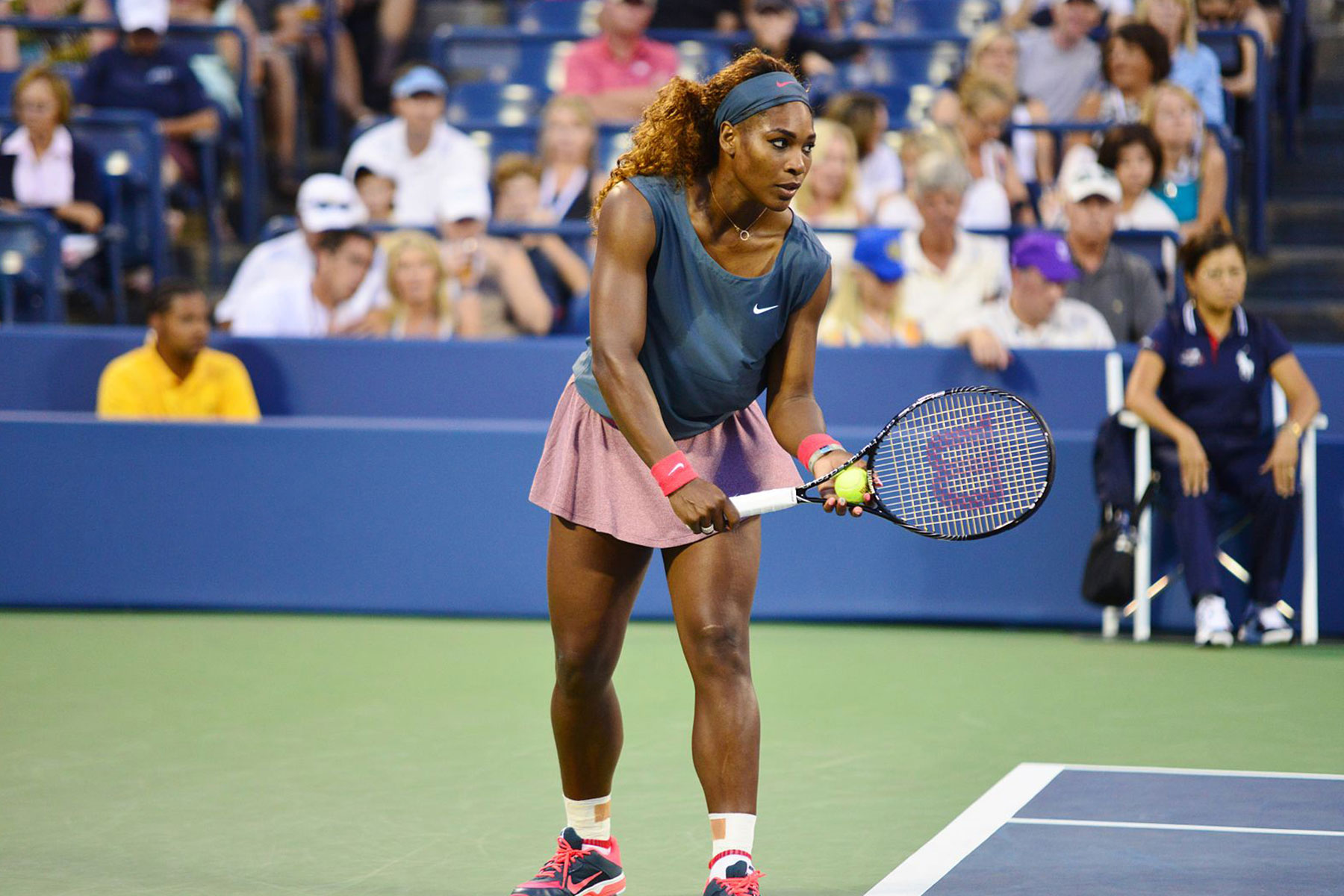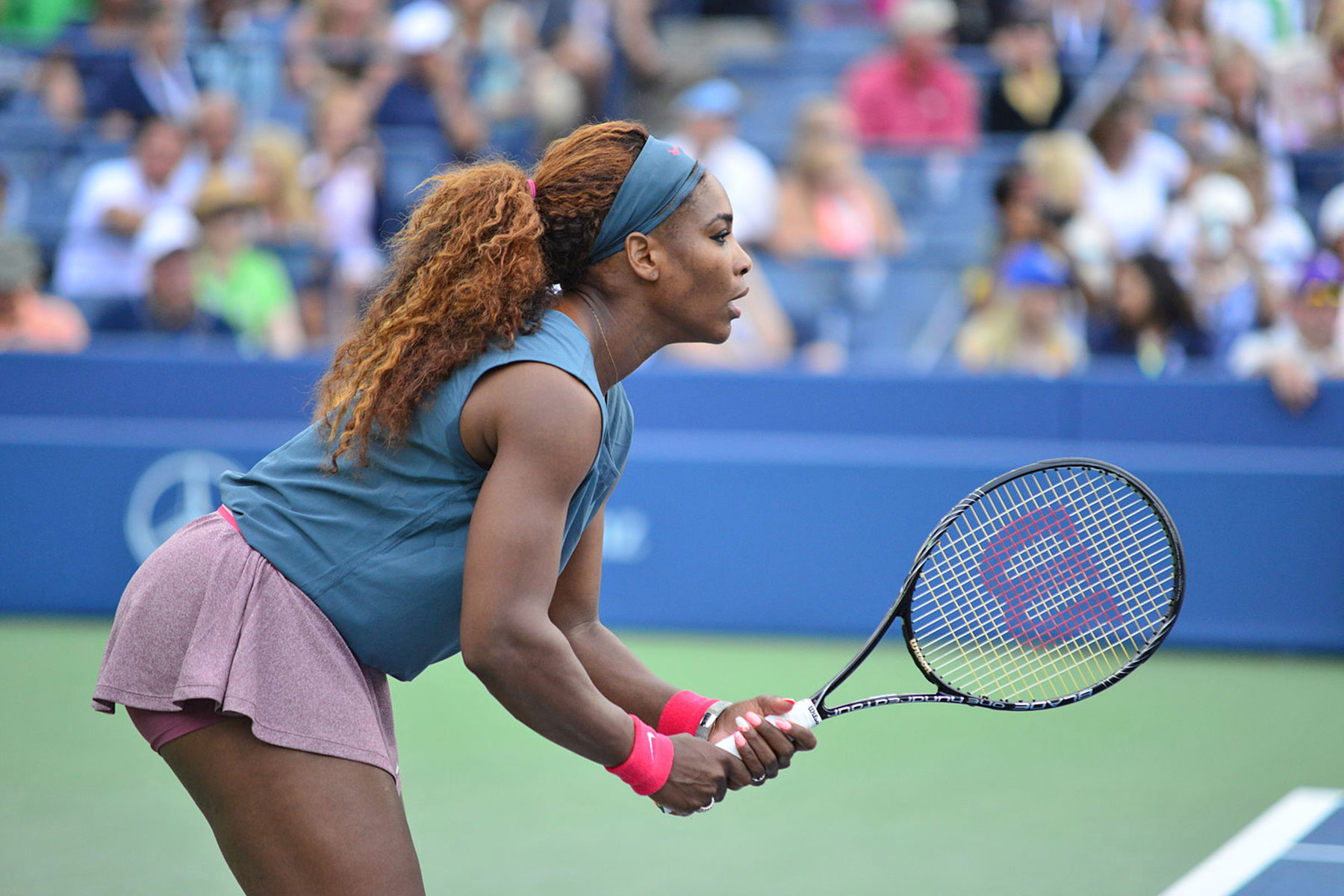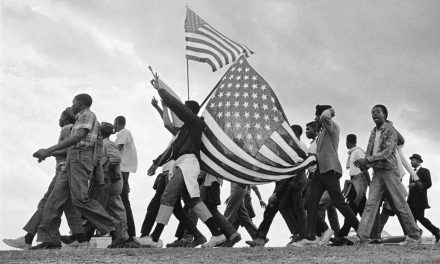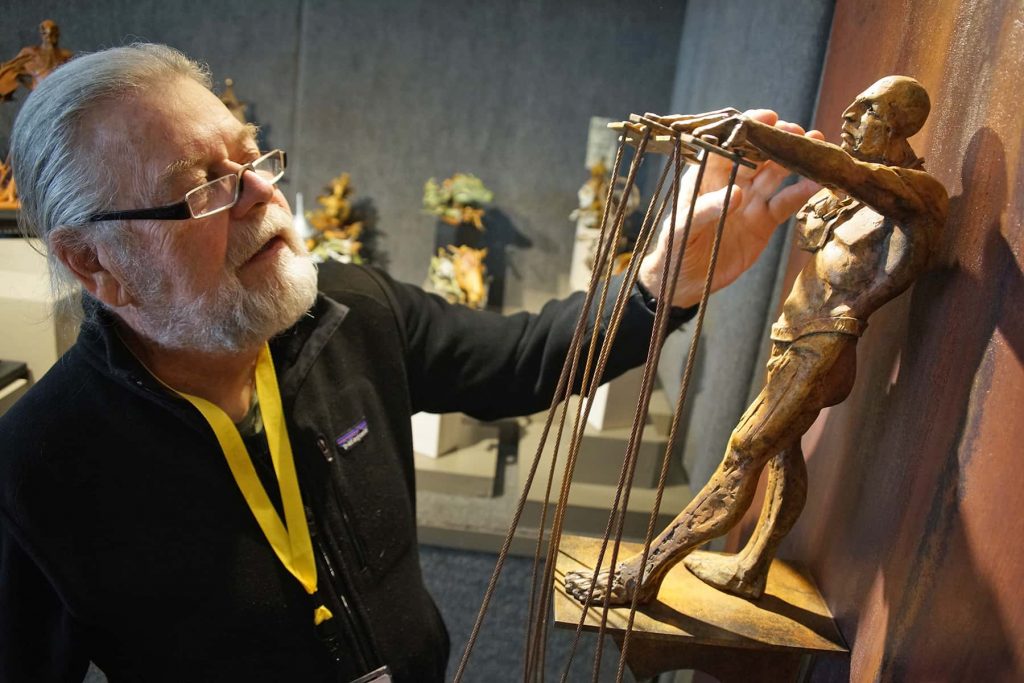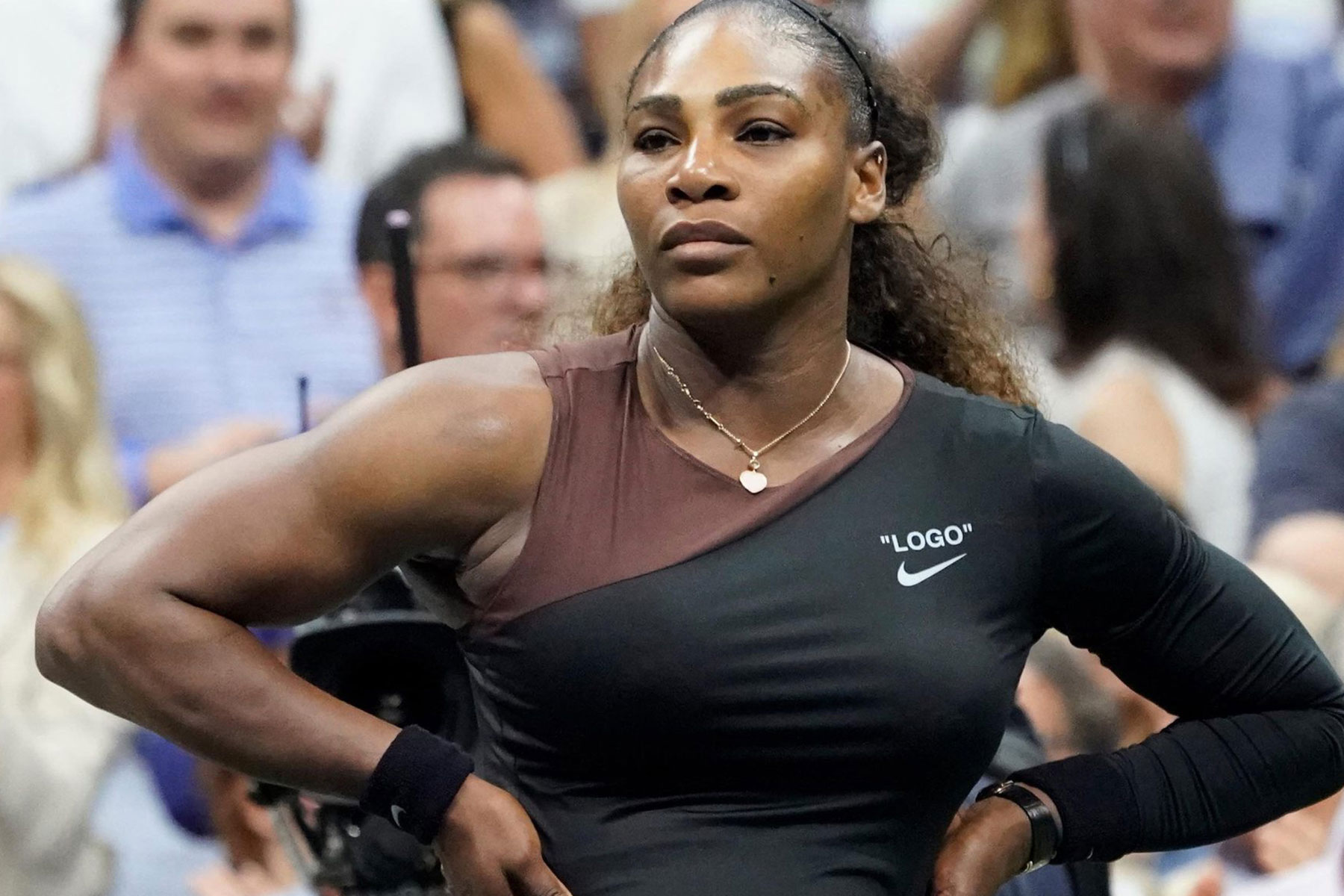
As a first year teacher I was unprepared for something that my students would ask continuously. For everything I asked them to do, they would ask the same question. Why? For a while it really irritated me because I did not have an answer other than, “because I told you so.” After a while I began to think about the inquisitive nature I had as a young person.
For me and those I grew up with, questioning authority figures was not something we were allowed to do. The teacher and all other adults pretty much ruled over us and we had no say so in what we were required to do. At some point I realized I had always questioned things but in a different way.
I learned to challenge and question things by interrogating what I was taught. I would serve me well as I encountered supervisors who ruled with an iron fist. Once while in the navy I was told to turn off my radio on a Friday night by a supervisor. He said my music was disturbing others in our birthing compartment. I was the only person there. I refused to turn the radio down because I felt his order was unfair and made no sense. I was written up and eventually faced discipline by the ship’s captain, Captains Mast. The captain was furious that something so ridiculous had been brought before him. I was told to leave the room and the captain reamed out my chain of command. I was found to have done nothing wrong.
With the recent events that transpired at the US Open, I felt Serena Williams’ pain.
This is a moment to question why we continue to allow women to be treated differently. Likewise we must question the reaction by many which has brought out the old racist trope of the “angry black woman.” Some emotions are apparently off limits for some people. Unwritten rules have allowed those in power to dictate who can and cannot express legitimate emotions.
We live in a world dominated by power differentials. In the United States most of the power has been and continues to be in the hands of males, most of them white. A majority of institutions have been controlled by this minority of the population for as long as the nation has existed. This disproportionate power asserted by white men over people of color as well white women is so entrenched that it feels normal to us. In practically every realm of our society white men are in positions of authority. In the sports world, even those that are dominated by athletes of color, this continues to be the case. Most coaches of female sports are white males. A large majority of officials in male and female sports are white males also.
The double standards that exist in tennis between men and women are abundantly clear to those paying attention. Women have fought for years to equalize the pay for the winners of the major tournaments in tennis. I am not a big tennis fan but watch closely enough to know the biggest names in the sport going back several decades. One of the overarching themes in men’s tennis has been the “bad boy” personality. We remember the antics of John McEnroe, Andre Agassi, Jimmy Connors and Andy Roddick. All of these men were known for two things, they were each great players and considered by many to be exceptionally bad mannered on the tennis court. McEnroe’s antics are more well-known than his prowess as a tennis player.
The game of tennis is supposedly one of the most civilized, gentlemanly sports in the world. Tennis for the most part is a country club sport. The etiquette of tennis is very particular. The clothing worn by spectators and players is well controlled. The crowds are told when to be silent and when to be boisterous. The sport requires pristine manners from competitors. Despite this reputation, many men have made their name by being anything but gentlemanly on the court.
Like all sports, emotions are an important element of the competitive nature of tennis. Few play sports on the professional level without using emotions to drive them to the top ranks of their chosen profession. John McEnroe said in 1985 that, “Emotions are part of the game, part of the intensity. If some people had their way, they would turn us into robots.” We have consistently looked for bad boys in American sports for decades. We love the emotional outbursts and the rawness of the energy on display when it comes to male tennis players.
The most notorious “bad boy” of all time in tennis was John McEnroe. His meltdowns, and antics are well known to tennis aficionados. He famously referred to an umpire as a jerk, and once intentionally hit a ball at an umpire. He was famous for disrespectful language towards officials, breaking rackets and generally misbehaving when he was upset. This added to the lore of John McEnroe. After his career ended he was able to parlay this into commercials for several products. He was shown in commercials mocking his bad behavior. Likewise Jimmy Connors was an absolute handful for officials to deal with on the court. He was known as a “fiery” competitor for his bad language and outrageous emotions on the court.
As is so often the case, women are not allowed the same latitude. When they show their emotions in sports they are told that they are being overly emotional. The stereotype of the emotionally out of control woman becomes the theme of articles when women act even remotely like men. People tell us that women are “emotional creatures.” Men are supposedly more mature and in control of their emotions. Yet time after time we see out of control men and immediately chalk it up to their competitive nature.
Serena Williams has been ridiculed, reprimanded, fined and forced to lose a game for her actions at the most recent U.S. Opens finals. She felt the penalty she was assessed for her coach giving her pointers from the stands was unfair. As she has said over and over again, she was not being coached. Unfortunately her coach said he gave her signals. She responded to this by saying they do not have any signals. Although this is against the rules at the U.S. Open, it is allowed by major tennis organizations around the world. It is a bad rule and needs to be changed.
She became upset, damaged a racket and confronted the chair umpire Carlos Ramos
and was assessed another penalty. Finally she called the umpire a “thief” for taking points away from her, which then led to her being assessed a full game penalty. Naomi Osaka, an up and coming star, was playing exceptionally well against the best women’s tennis player of all time and eventually won the match becoming U.S. Open champion. It should have been a crowning achievement of her career but was overshadowed by the controversial events of the day.
The controversy continued to grow after the match as people chimed in on what happened. Many supported Serena when she said she believed the umpire acted in a sexist way penalizing her in a way that men would never be penalized in her opinion. The technical merits of her complaint were ignored because the conversation devolved into a conversation about her losing control of her emotions. It led to a racist cartoon in Australia and opened up a can of worms about how black people are portrayed in a racist manner.
The cartoonist, Mark Knight, portrayed the scene at the US Open by showing a grotesquely racist caricature of Serena Williams, stomping on her racket and spitting out a pacifier. In the background, the referee and opponent, Naomi Osaka, are both shown as white people. The blonde depicted as Osaka is in no way a representation of Osaka who is of Japanese and Haitian descent. In the cartoon the umpire says to Osaka, “Can you just let her win?”
The incident and its aftermath are a classic case of the intersection of sports, gender and race. We live in a world of divisions. We have come to believe divisions are natural and necessary to delineate the world around us. Where divisions are absent we create them. Our world is a space where we see differences and draw very specific conclusions. We divide the people of the world into artificially defined categories we call races. Many see race as real on the biological level. But they are not. They were a social construct during the eighteenth century to justify treating Africans and indigenous people differently.
I have discovered a common thread in all oppressive societies. To justify mistreatment and oppression you must first divide those you chose to mistreat from the rest of the people in the society. Some characteristic the oppressed share is used to define them as different. In some cases oppression has been the result of religious differences, in some cases it has been due to gender, age or economic differences. Oppressive societies are built on a solid foundation of division. When you create division it gives seemingly credible reasons for treating those who are different poorly.
Men have said for millennia that women are the “weaker” sex and used this to justify making sure women were disempowered. The rich have defined the poor as underserving simply because they lack riches. The strong have taken advantage of the weak by saying things such as “survival of the fittest” to justify the right to have power over these others.
We consistently place people into categories: male and female, rich and poor, beautiful and ugly, intelligent and dumb, black and white. The categories cross boundaries and intersect because all of us belong to multiple categories. The intersection is where the action is. We judge people by how well they fit into the way we have defined roles based on these categories. We evaluate people based on what society tells us they should be. We do not have space for people being individuals. We tell people they should fit into this well-defined box that we have assigned them to.
Our society has consistently told black people that they should be seen and not heard. We were relegated to a space at one time where so-called scientists said we do not feel physical or emotional pain in the same way white people do. We have led to believe we are wrong when we express emotions, especially anger and punished very harshly for doing so. We apparently are not allowed to be angry. For a black woman to express anger falls into the stereotype utilized in the racist cartoon. The so-called “angry black woman” was on display. What makes this stereotype exceptionally unfair is the intimation that black women have nothing to be angry about.
Throughout American history black women have been forced to deal with racism and sexism. Their bodies did not belong to them for over two hundred years when they were legally “property.” To rape a black woman was not illegal. Their children were stolen from them and somehow they were not supposed to be angry about it. After slavery ended, they were still preyed on by men and sexually assaulted and abused regularly.
As bad as black men have been treated, black women have been treated much worse. We continue to see women treated as second-class citizens. Serena Williams is trying to use her fame to raise awareness of the double standard in tennis. I believe she should also use this platform to bring awareness of the duality of discrimination against black women in our society.

